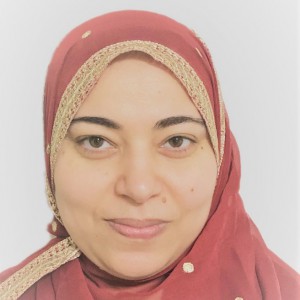Folk beliefs in modern Egypt—Sham El-Nessim (Spring Festival) in Hesset-Melig Village as an example
- Author Hebatalla Omar
- DOI 10.17605/O
- Country : Japan
- Subject : Humanities

Egypt is considered an Arabic and Islamic country. Approximately 90% of the Egyptian population is Muslim and approximately 10% are Coptic. This fact has had an effect the cultural studies about Egypt. Studies that address the issues regarding folk beliefs and their effect and power in Egyptian society are limited. The folk beliefs in Egypt date back to the Pharaonic eras and Pharaonic religious rituals. Egyptians are still keen to enjoy these rituals, even Muslims and Christians. This study focused on Sham El-Nessim as one of the most important Egyptian national festivals. I have presented an ethnographic study of the manifestations of Sham El-Nessim in an Egyptian village called Hesset-Melig Village. Comparing Sham El-Nessim manifestations in Cairo and Hesset-Melig It was found that Sham El-Nessim’s practices and customs, as well as many popular belief manifestations in Egypt, have remained for thousands of years especially in Egyptian Villages.
Comments
No have any comment !